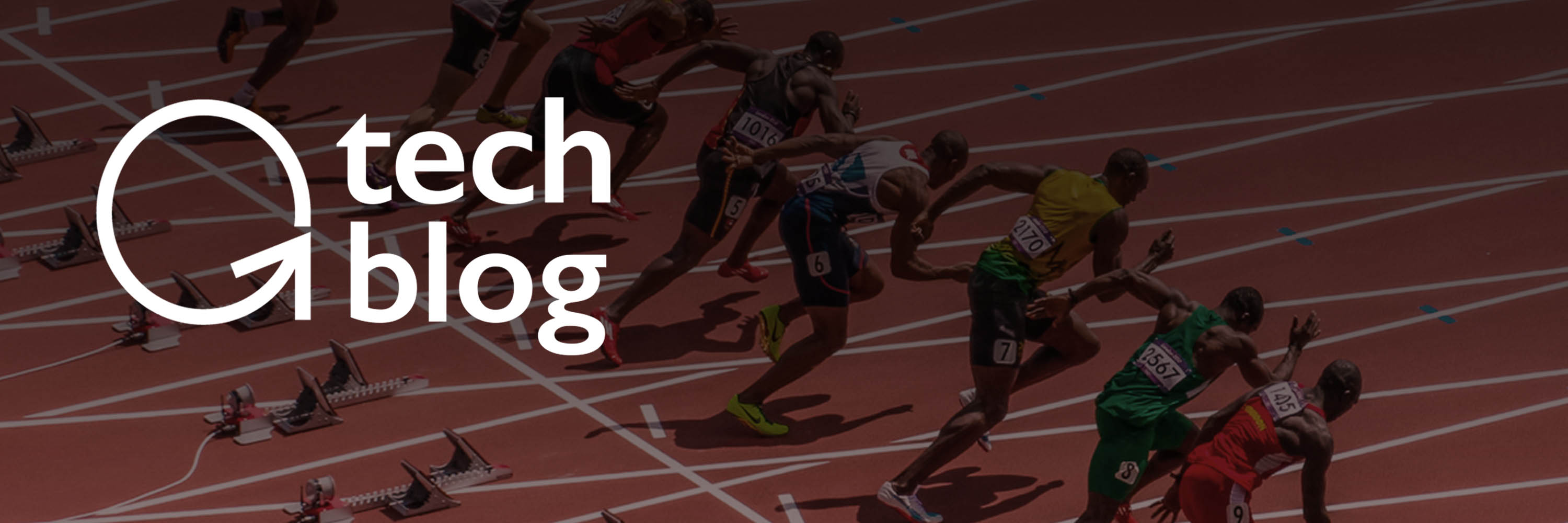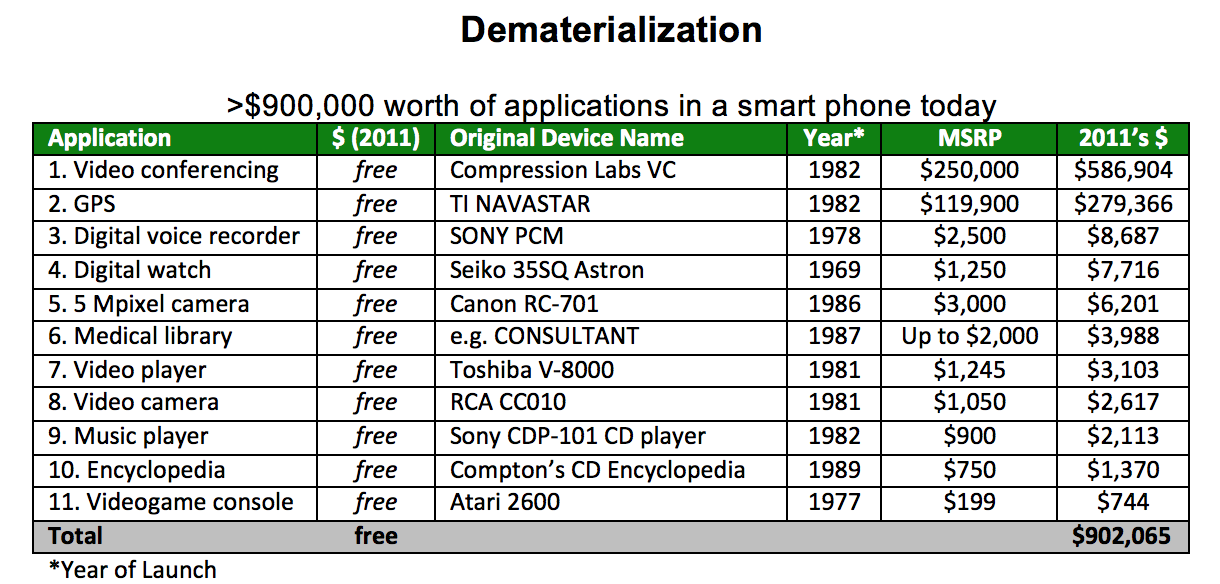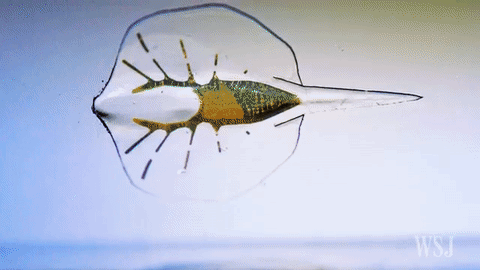
For the purpose of this blog, I'd like to suspend moral and ethical considerations for a moment – let’s call this a fun thought experiment.
As we enter Olympics season, I find myself thinking about what you might call the "unlimited-class” Olympics or the "Anything Goes" Olympics -- where genetic manipulation, drugs, robotic prostheses, and Artificial Intelligence are not only allowed but encouraged.
This blog is a quick look at what this might look like.
In regards to the “anything goes” Olympics:
1. I'd watch this with eyes glued.
2. Interesting but I prefer the untainted "normal" human competition.
3. No, wouldn't watch it.
4. I think it's an abomination and would protest it.
I’ll report back the survey results…
P.S. Send any tips to our team by clicking here, and send your friends and family to this link to subscribe to Abundance Insider.
The "Rules" and a Thought Experiment
Over the years, the International Olympics Committee (IOC) has stripped 67 athletes of their medals for "cheating."
The majority of these cases typically involved doping, or the use of banned athletic performance-enhancing drugs, including stimulants, steroids and human growth hormones.
While breaking the rules and cheating is certainly bad, one fact remains true – with the help of these drugs, the athletes did actually perform better than their non-enhanced counterparts, and the question remains, just how much better is possible?
If so, here's what you might see.
The Tech Behind an "Anything Goes" Olympics
What follows is a glimpse of what might go down when the regulatory handcuffs are taken off.
Synthetic Biology & Genomics:
1. CRISPR/Cas9: We've seen a number of recent extraordinary advances in gene editing technology. This year, Chinese scientists announced the first human trials for a revolutionary technology called CRISPR/Cas9. As this develops, imagine we get to a place where we can design athletes for specific sports – a sprinter might want increased musculature and fast-twitch muscle fibers, more lung capacity, more height, and so on. A swimmer might want to select for an elongated torso, or more muscle endurance. But why stop there? Perhaps we could even edit in webbed fingers and gills.
To a degree, we're already seeing "genetic selection" happening. A few years ago, a Vanderbilt football coach actually offered a scholarship to the unborn child of two former athletes… And I don't doubt that in some countries, selective breeding to achieve 'top athletic' families has been the norm for decades.
2. Microparticles and Drug Delivery Mechanisms: We've also observed several developments in recent years in microparticle research and new drug delivery mechanisms. An interesting one that could one day be applied to athletics: a team at the Children's Hospital in Boston found a way to inject oxygen-filled microparticles directly into the bloodstream, quickly oxygenating the animal and keeping it alive for 15 minutes despite blocked airways. Imagine a swimmer that only needed to breathe once in a 500-meter race.
3. Steroids/Doping: An enormous number of athletes have come under fire for steroids, doping, and HGH injections (something they try to obfuscate). But what if, instead, anything goes? Of course, this is risky for hundreds of reasons, but the limits of the human physiology would rapidly be discovered.
Robotics/Prosthetics/BCI:
1. Exoskeletons and Robotic Suits: Exoskeletons are robotic suits worn around a human body. Companies like Eksobionics are busy developing health, industrial and military applications. These suits can give people superhuman strength, speed and agility – why not develop them for athletes? Wouldn't you like to see Iron Man compete in a weightlifting competition, the high jump or the 100m sprint?
2. Bionic Limbs: In 2012, we saw the first bionic sprinter run 400m with prosthetic legs. What would happen if we continued to advance specialized prosthetics for specific sports – might athletes choose voluntary amputation in favor of artificial limbs that take 10 seconds off their time?
3. Brain/Computer Interface: Over the last few years, there have been incredible developments in brain-computer interface technology. The tech allows you to control and interact with tech via a direct link to your brain. This could lead to competition within entirely new sports – say, a mind-controlled drone race, or brain-controlled robot boxing.
Augmented Reality + Artificial Intelligence:
Augmented Reality & Artificial Intelligence: Companies like Magic Leap, Meta, and HoloLens are rapidly developing augmented reality solutions that will transform the way we live, work, play and, well, exercise. In an Olympic application, imagine a slalom skier or bike rider with AR glasses linked to an AI providing a detailed trajectory to follow, showing them when and where to speed up or slow down based on surface conditions measured with a hyperspectral camera.
Add to this the ability of an archer to point his or her arrow with such precision as an AI measures wind velocity and calculates trajectories to 5 decimal places.
Sensors:
1. Sensors: Some of the most interesting sensors under development are embedded and wearable biological sensors that can measure your physiology, or that of an opponent. Imagine the combination of sensors, augmented reality and Artificial Intelligence that allows a boxer to know his opponent's weakest moments and most vulnerable body parts…
2. Sensory Substitution & Addition: Sensor technology is exploding. A number of labs have proposed ways to augment the human sensory experience by "adding senses" to the body. David Eagleman's VEST, for example, is a noninvasive, low-cost vibratory vest that allows deaf patients to perceive auditory information through small vibrations on their torso. Imagine adding senses to athletes. Soccer players could wear these sensors and intuitively "know" where the ball was, and where every other player was on the field at all times.
Could we begin to add entirely new sensors to the human experience?
We've (Kind of) Already Started
Now, obviously, there are lots of challenges, both technically and ethically, with many of these scenarios.
But in a sense, I feel like we are already headed in this general direction.
Aren't athletes already training with many early versions of these tools?
While they may not be able to compete with them, they are using data and technology to optimize their performance.
From the spectator's point of view, will "non-enhanced humans" competing in sports start to bore people?
Will an unlimited Olympics happen? If today's crazy reality TV shows are any indication for the viewing audience's hunger for insanity, I'd make a long bet that it will materialize… probably not by the IOC, but by some enterprising TV mogul and promoter.
It's worth saying that there is one other positive side to all above – we'd make extraordinary technical progress driven by competition in this "ultimate sport." You can imagine then that this tech would end up helping many beyond just the athletes themselves, especially disabled individuals who have lost normal function.
Also read: TOP 50 MOON SHOTS
WHAT IS ABUNDANCE INSIDER?
This email is a briefing of the week's most compelling, abundance-enabling tech developments, curated by Marissa Brassfield in preparation for Abundance 360. Read more about A360 below.
WANT MORE CONVERSATIONS LIKE THIS? - JOIN ME
At Abundance 360, Peter's 360-person executive mastermind, we teach the metatrends, implications and unfair advantages for entrepreneurs enabled by breakthroughs like those featured above. We're looking for CEOs and entrepreneurs who want to change the world. The program is highly selective. Apply now for Abundance360 Summit if you'd like to develop an Abundance mindset.
Know someone who would benefit from getting Abundance Insider? Send them to this link to sign up.
P.S. I've just released a podcast with my dear friend Dan Sullivan called Exponential Wisdom. Our conversations focus on the exponential technologies creating abundance, the human-technology collaboration, and entrepreneurship. Head here to listen and subscribe.







